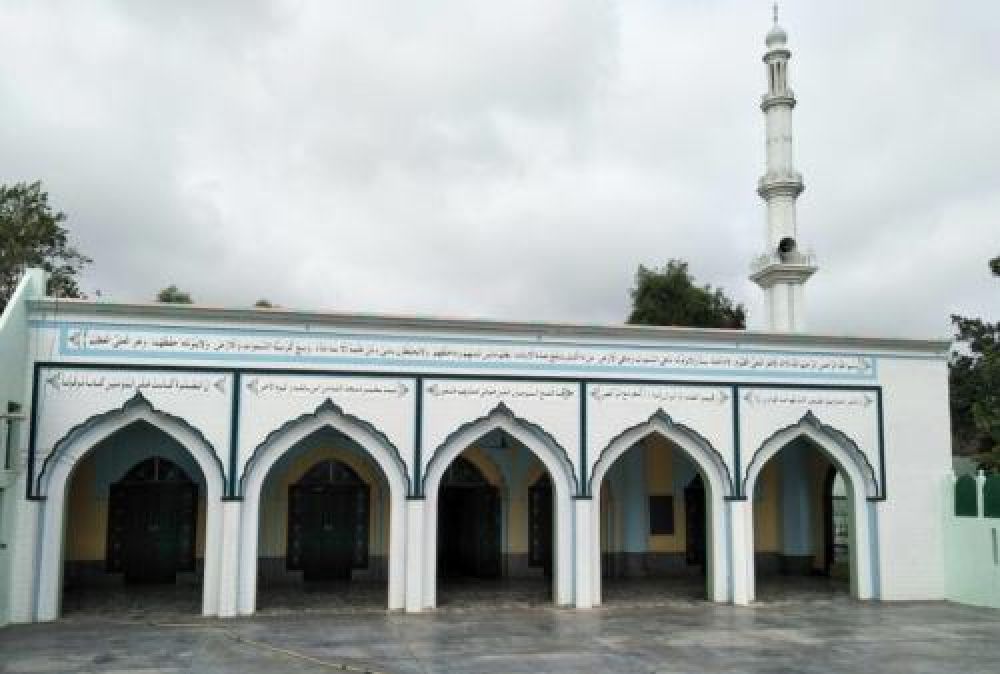

The city of Bathinda, nestled in the heart of Punjab, India, is steeped in rich history and cultural diversity. Among its numerous historic sites, the Mazaar of Peer Haji Rattan stands as a significant beacon of communal harmony and spiritual solace. This sacred site has drawn visitors for centuries and continues to be an important destination for tourists and pilgrims alike.
The story of the Mazaar dates back to the time of Peer Haji Rattan, a revered Sufi saint who is said to have lived during the time of Guru Nanak Dev Ji, the founder of Sikhism. Haji Rattan was a well-traveled man, having completed the Islamic pilgrimage of Hajj, and was known for his piety and devotion to God.
The core message of Peer Haji Rattan was one of unity and respect across different faiths, which resonated with the teachings of Sikhism. It is believed that Guru Nanak Dev Ji himself visited Haji Rattan and that their meeting was marked by mutual respect and understanding, symbolic of the interfaith confluence that the Mazaar represents today.
The depth of their interaction is said to solidify the foundation of the Mazaar not only as a Muslim shrine but also as a place of reverence for Sikhs. This also epitomizes the prevalent ethos of Punjab – that of peaceful coexistence and religious tolerance.
The historical and spiritual significance of the site makes it a popular stop for tourists visiting Bathinda. The Mazaar, with its serenity and quietude, offers a tranquil retreat from the bustle of daily life. Visitors come to pay respects, seek blessings, and immerse themselves in the unique atmosphere of this holy place.
The Mazaar also houses a Gurudwara and a Hindu temple within its complex, further emphasizing the site's inclusive nature. The tomb of Peer Haji Rattan is situated between these two places of worship, symbolizing his bridging role between religions.
With the advent of social media and an increasing desire for experiential travel, the Mazaar of Peer Haji Rattan has attracted a new generation of tourists looking to explore off-the-beaten-path destinations and delve into the spiritual heritage of India. The local government has taken steps to improve facilities and accessibility to the site, recognizing the importance of such treasures in the promotion of cultural tourism.
As global interest in sustainable and responsible tourism grows, visitors to the Mazaar are encouraged to partake in activities that respect the sanctity of the site and contribute to the preservation of its history and ambience. Photography and guided tours offer a means to document and understand the historical context of the shrine, while community-led initiatives provide opportunities for tourists to engage with the local culture.
The Mazaar of Peer Haji Rattan, with its enduring message of unity and its role as a testament to the composite culture of Punjab, continues to be a lighthouse for those seeking a spiritual connection and historical enlightenment. Its lasting appeal lies in its ability to bring together people from all walks of life in shared reverence and peace.
To visit the Mazaar, tourists can fly into the nearest airport in Chandigarh and then take a short journey by road or rail to Bathinda. Optimal times for visiting are during the cooler months from October to March when the weather is pleasant for travel.
Remember to dress modestly out of respect for the shrine, and be sure to experience the local cuisine and hospitality of Punjab during your stay. Guided tours are available and recommended to fully appreciate the historical and cultural context of the Mazaar.